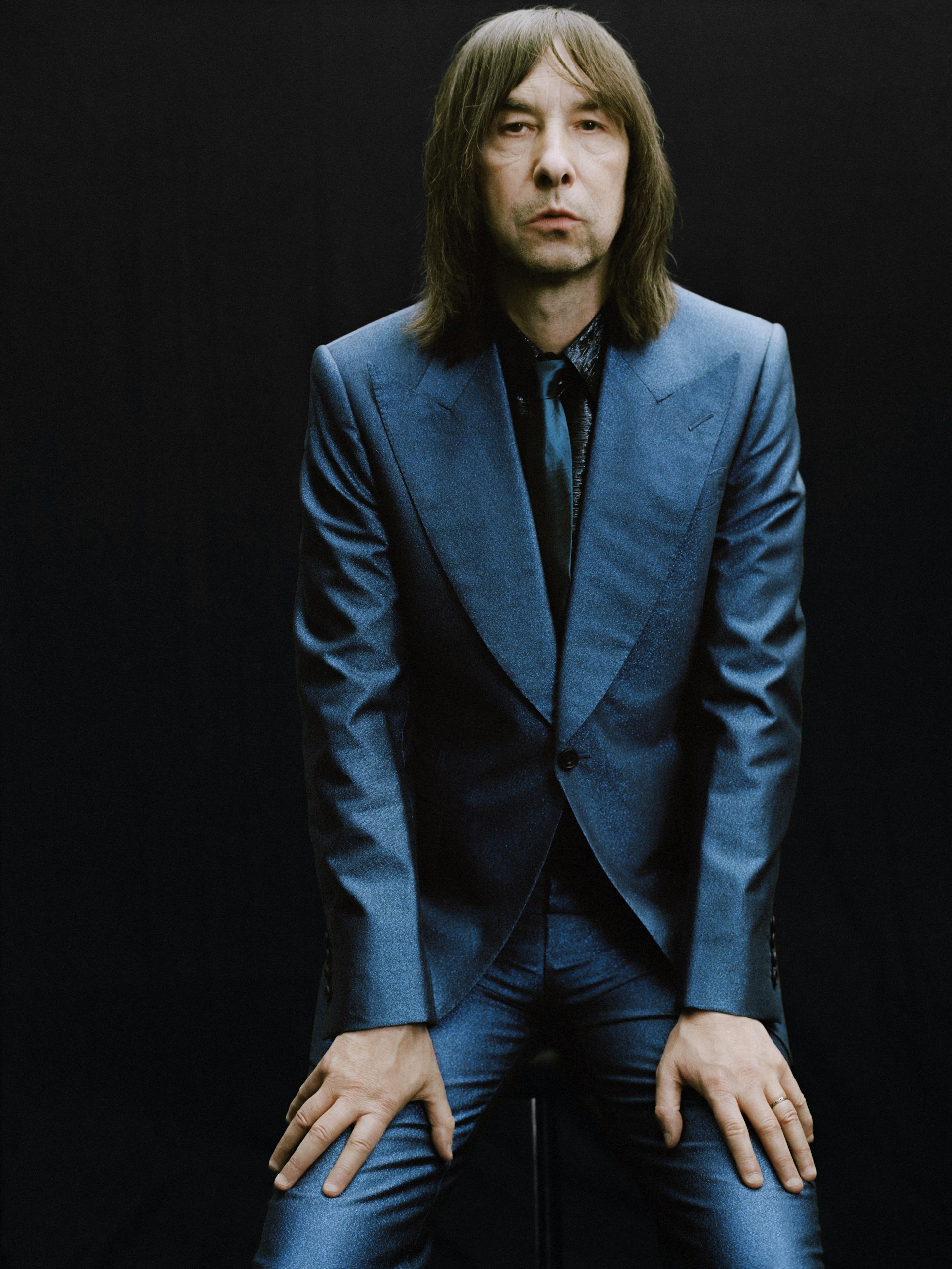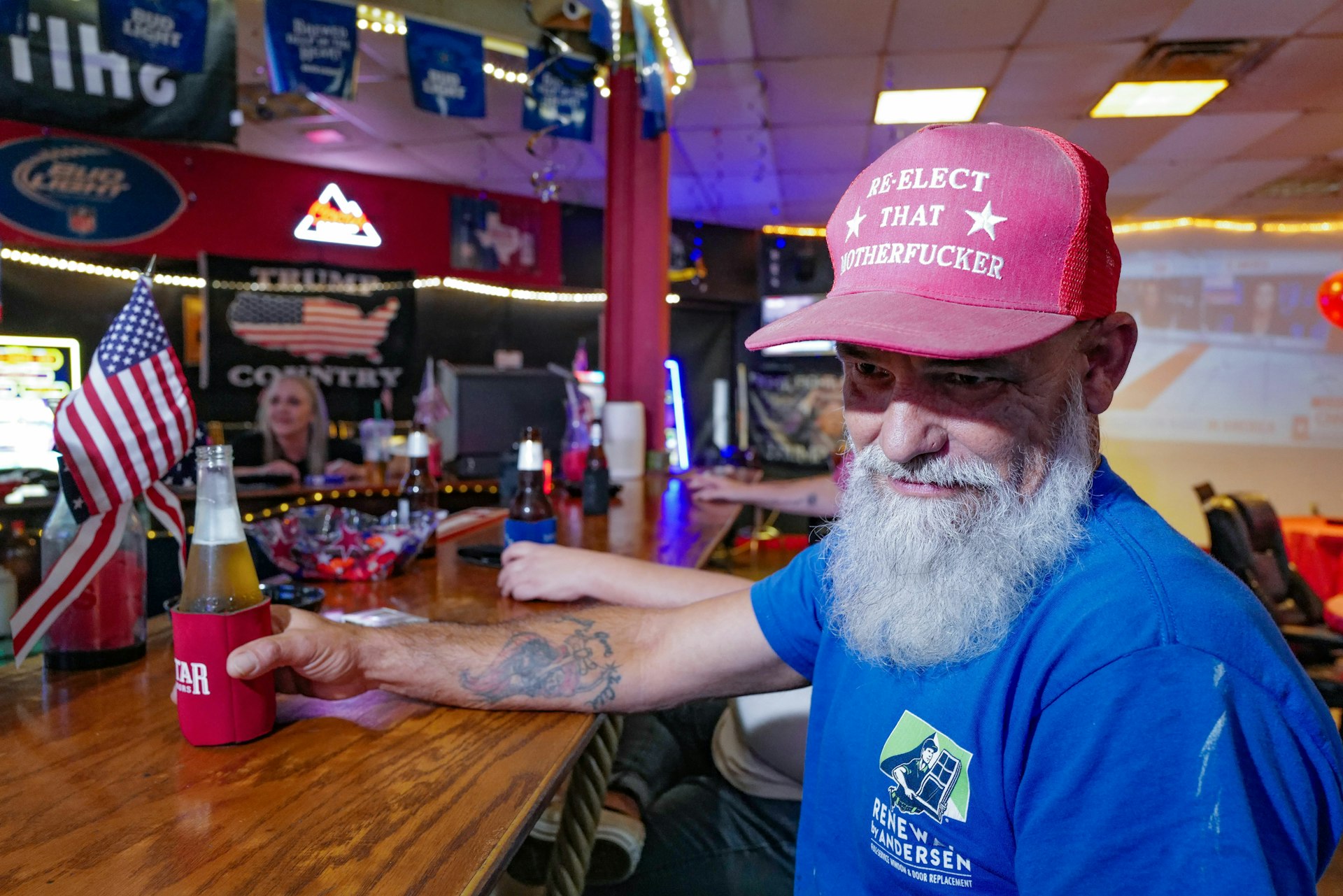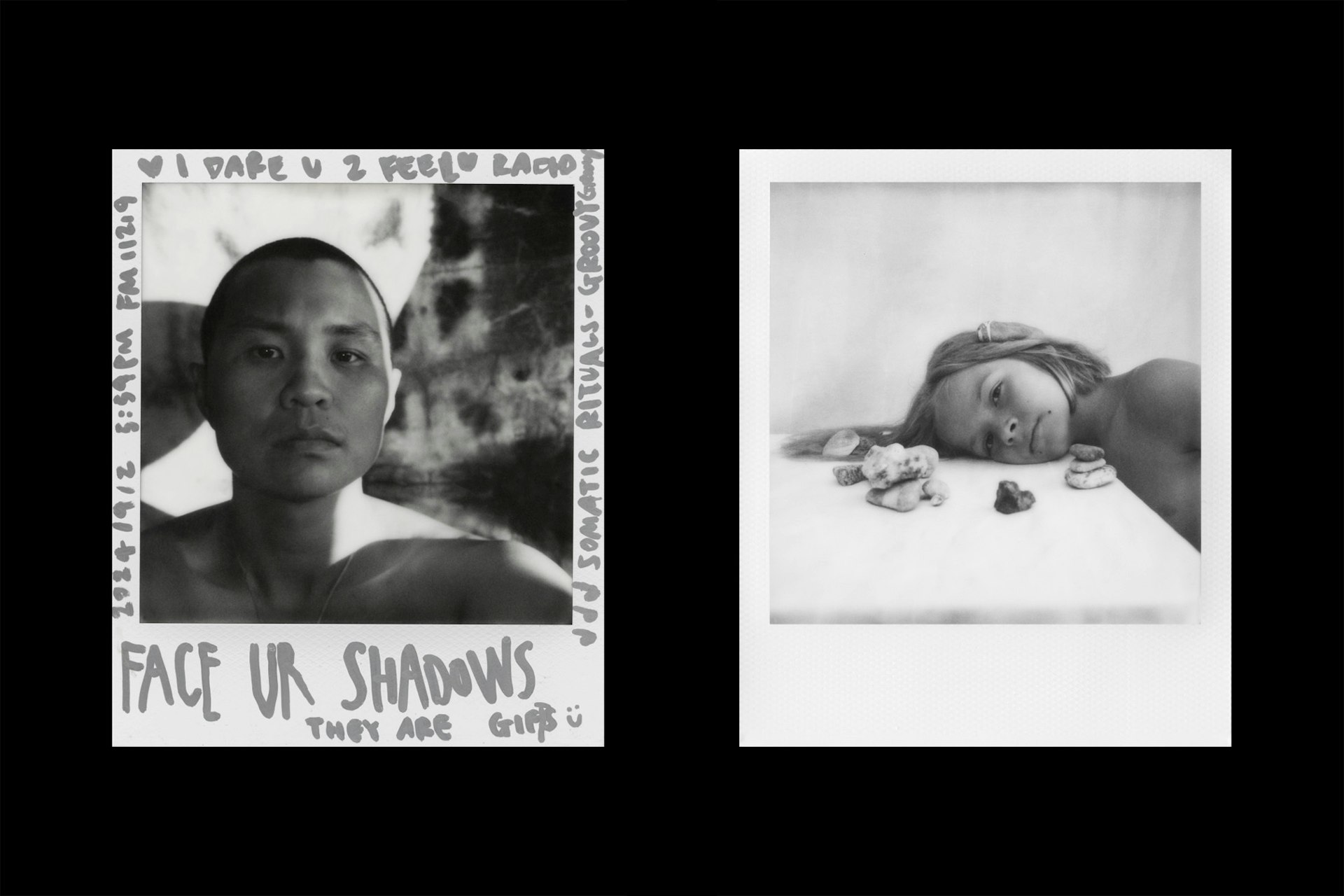Photos of family, loss and love in Scottish housing estates
- Text by Huck
- Photography by Margaret Mitchell

In 1994, Margaret Mitchell, then in her mid-20s, was in her final year at Edinburgh Napier University studying photography. Her burgeoning interest in issues of identity, inequality and stigma led her to photograph an intimately familiar scene: that being, her sister Andrea’s children, who lived on a council estate in Stirling along with other members of Mitchell’s family.
At the time, Andrea, then in her early 30s, was a single parent to three young children, Steven, Kellie and Chick. “It was a very hostile political environment in which single parents were blamed for the supposed breakdown of society,” says Mitchell. “For under-underprivileged women and children, that scapegoating does wear you down eventually.”
Mitchell, who says she was very proud of how her sister managed these difficult circumstances, wanted to offer a more empathetic narrative to the one attached to working-class families in the mainstream media.
While poverty and deprivation were certainly an undeniable part of their lives, Mitchell stresses that this was never intended as the focus of that first project. The initial 1994 series, titled Family, was, she says, about “showing the children, and their childhood worlds”. And it was, in many ways, a happy childhood, remembers Mitchell: “Within their home environment, they had lots of love and support.”

Chick, Family, 1994

Andrea and her three children, Steven, Kellie and Chick, Family, 1994
“The first project concentrated on the children’s internal lives, inside their own home and that of their gran’s round the corner,” continues Mitchell, “and it could only hint at what would happen in the course of what was to come, how the external environment would influence their lives.”
Mitchell returned to Stirling 20 years later to photograph her sister’s three children and update the story of where their lives had taken them in adulthood, in a series titled In This Place. These photos, along with the original project, now form a new book, Passage (Blue Coat Press), which traces the trajectory of Steven, Kellie and Chick’s lives. Mitchell stresses that it was very much a collaborative project with the siblings, adding: “I have a huge responsibility as a photographer that they get represented correctly”.
In the intervening years between the projects, Andrea had passed away, and all the children, who now have their own children, had moved from one area that scores high in government statistics on deprivation to another.
“[Passage] is a story about lack of money and choice. The question was, ‘Why had that happened?’, ‘Why haven’t they managed to get increased opportunity, what had caused that?’. In this sense, the work, while being an extremely personal one, is also deeply political and offers a much wider social commentary.

Kyle, Steven’s son, In This Place, 2016-17
Writing about the project before, Mitchell has said: “Life feels somewhat static in the housing estates of central Scotland; as the world changes, the lives of my extended family remain relatively still and immobile.”
“These places are not terrible and that is very important to stress: they are full of community, family and support,” Mitchell tells Huck, emphasising the sense of belonging the children feel to the places they grew up and now live. “I want people to see the love and connection between the family, and also, emotional resilience.”
“But I also want people to look at that loss and the difficulty that they’ve had in their lives. And to come away thinking: so how does society operate? Does opportunity and environment affect the trajectory of people’s lives?” says Mitchell. “And also, to think about issues of cross-generational inequality, and that cycle of disadvantage that can happen.”

Chick and her daughter Leah, In This Place, 2016-17

Courtney outside, In This Place, 2016-17

Steven, In This Place, 2016-17

At the door to Andrea’s bedroom, Family, 1994

Liam, Kellie’s son, In This Place, 2016-17

From the series Family, 1994
Passage is available now on Blue Coat Press.
Margaret Mitchell will be in conversation with Fiona Rogers in May at the Martin Parr Foundation to discuss the book and the issues that it raises. Tickets are available here.
See more of Margaret Mitchell’s work on her official website.
Enjoyed this article? Like Huck on Facebook or follow us on Twitter.
Latest on Huck

An epic portrait of 20th Century America
‘Al Satterwhite: A Retrospective’ brings together scenes from this storied chapter of American life, when long form reportage was the hallmark of legacy media.
Written by: Miss Rosen

Bobby Gillespie: “This country is poisoned by class”
Primal Scream’s legendary lead singer writes about the band’s latest album ‘Come Ahead’ and the themes of class, conflict and compassion that run throughout it.
Written by: Bobby Gillespie

Vibrant photos of New York’s Downtown performance scene
‘Balloons and Feathers’ is an eclectic collection of images documenting the scene for over two decades.
Written by: Miss Rosen

Picking through the rubble: Glimpses of hope in the US election results
Clambering through the wreckage of the Harris campaign, delving deeper into the election results and building on the networks that already exist, all hope is not gone writes Ben Smoke.
Written by: Ben Smoke

US Election night 2024 in Texas
Photographer Tom “TBow” Bowden travelled to Republican and Democratic watch parties around Houston, capturing their contrasting energies as results began to flow in.
Written by: Isaac Muk

In photos: “Real life is not black and white” – Polaroid x Magnum Open Call winners
See pictures from the competition organised by two titans of contemporary photography, which called upon artists to reject the digitalisation and over-perfectionism of our modern world, technology and image-making.
Written by: Huck